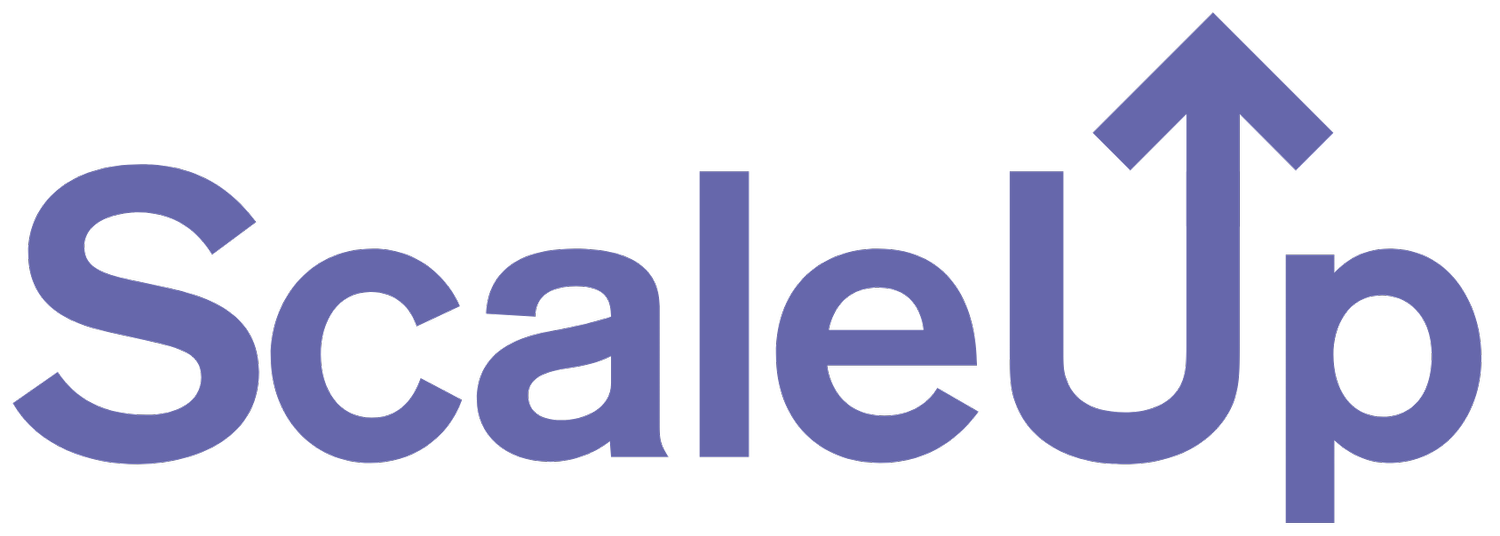Wrike vs ClickUp for Goal Tracking & OKRs (2025)
Agencies and growing companies often set quarterly OKRs but tracking progress, alignment, and accountability can quickly become messy.
In 2025, Wrike and ClickUp are the two most-searched project-management tools for structured goal tracking. Both let you connect everyday tasks to strategic outcomes but they differ in setup speed, visibility, and analytics depth.
This comparison looks at how each platform performs for goal alignment, performance visibility, and measurable ROI, helping you pick the tool that makes every objective count.
Quick Comparison: Wrike vs ClickUp for Goal Tracking & OKRs
| Feature | Wrike | ClickUp |
|---|---|---|
| Best For | Enterprise teams & PMOs needing formal goal hierarchies | SMBs & agencies needing flexible OKR setup |
| Goal Structure | Folder-to-project alignment; supports cascading goals | Goals object layer with KR breakdowns |
| Automation | 400+ rule automations (trigger updates on status/metrics) | Custom automations for KR progress & alerts |
| Progress Tracking | Numeric, percent, & milestone tracking | Manual or auto progress from linked tasks |
| Dashboards & Reporting | Enterprise analytics, portfolio dashboards | Visual widgets for OKR dashboards + Goals view |
| Integrations | Salesforce, Power BI, Google Data Studio | Slack, HubSpot, Zapier, Google Sheets |
| Collaboration on Goals | @mentions and comments in goal tasks | Inline chat, Docs + goal updates |
| Pricing (2025) | From $9.80 per user (Team plan) | From $10 per user (Business plan) |
| Free Plan | Yes (limited goals) | Yes (basic goal view + dashboards) |
| Mobile App | iOS, Android — real-time updates | iOS, Android — interactive widgets |
Wrike: Best for Enterprise Goal Alignment
Wrike’s OKR framework is built for organizations that need hierarchical goals linking company-wide objectives to departmental and individual metrics.
Key Advantages
Portfolio-level OKR visibility: Roll up KPIs from multiple teams.
Automation for status updates: Change progress based on task completions or reporting thresholds.
Powerful analytics: Use Wrike Analyze to visualize goal progress and risk areas.
Cross-department consistency: Perfect for marketing, finance, and operations under one roof.
Drawbacks
Requires training to set up multi-layer goal trees.
Reporting modules are locked behind higher plans.
Top Tip: Wrike offers a free Goal template pack for OKR rollouts which is ideal for agencies running retainers or quarterly performance sprints.
ClickUp: Best for Flexible Goal Management
ClickUp’s Goals feature is designed for teams who value customization and real-time visibility without enterprise complexity.
Key Advantages
Lightweight OKR setup: Define objectives, key results, and targets in minutes.
Linked tasks & auto-updates: Progress calculates automatically as tasks close.
Dashboards & Widgets: Visual OKR tracking via progress bars and percent metrics.
Collaboration built-in: Teams can comment, update, and share public goal links.
Affordable: All Goal features from the $10 Business plan.
Drawbacks
Limited hierarchical OKR linking vs Wrike.
Analytics depth smaller for enterprise reporting.
Top Tip: Use ClickUp’s Goal Dashboards with custom widgets to visualize each client’s performance at a glance.
Use Case Comparison: Wrike vs ClickUp for Goal Tracking
| Scenario | Best Option | Why |
|---|---|---|
| Company-wide OKR alignment | Wrike | Hierarchical goals and portfolio dashboards |
| Cross-client performance tracking | Wrike | Analytics and custom report widgets |
| Rapid goal setup for small teams | ClickUp | Intuitive UI and faster onboarding |
| Real-time progress visuals | ClickUp | Dynamic dashboards and widgets |
| Executive reporting | Wrike | Advanced BI and goal roll-ups |
| Marketing & creative squads | ClickUp | Simpler OKR linking and collaboration |
Pricing Overview
| Plan | Wrike (USD/user/month) | ClickUp (USD/user/month) |
|---|---|---|
| Free | $0 | $0 |
| Team / Unlimited | $9.80 | $7 |
| Business | $24.80 | $12 |
| Enterprise | Custom | Custom |
Top Tip: Wrike’s higher tier adds Wrike Analyze dashboards for goal tracking ROI. ClickUp’s Business plan offers the best price-to-feature ratio for OKR teams.
Verdict Summary: Wrike vs ClickUp for Goal Tracking
| Category | Winner | Reason |
|---|---|---|
| Goal Structure & Alignment | Wrike | Multi-level hierarchies for large teams |
| Setup Speed | ClickUp | Easier for non-technical users |
| Reporting & Analytics | Wrike | Enterprise-grade BI & dashboards |
| Flexibility & Customization | ClickUp | Dynamic widgets and goal views |
| Pricing Value | ClickUp | Lower entry price for SMBs |
| Enterprise Scalability | Wrike | Built for cross-department visibility |
ScaleUp Tip
If your agency or company runs structured quarterly OKRs with board-level visibility, Wrike is the safer choice for enterprise-grade reporting and alignment.
If you need a flexible, affordable goal tracker for creative or client teams, ClickUp delivers faster setup and better UX with plans starting at $10 per user.
FAQs: AI Project Management Tools (2025)
Q1. Which tool has better OKR dashboards?
ClickUp’s visual widgets are great for creative teams; Wrike’s advanced dashboards win for executives.
Q2. Can you automate goal progress?
Yes, both platforms auto-update OKRs from task completion. Wrike offers more rule triggers.
Q3. Is there a free way to track goals?
Both offer free plans; Wrike limits goal modules, ClickUp includes basic Goals view.
Q4. Which platform fits agencies best?
ClickUp has quicker onboarding and simpler OKR mapping for client campaigns.
Q5. Which offers stronger enterprise controls?
Wrike has role-based permissions and audit-ready governance.
